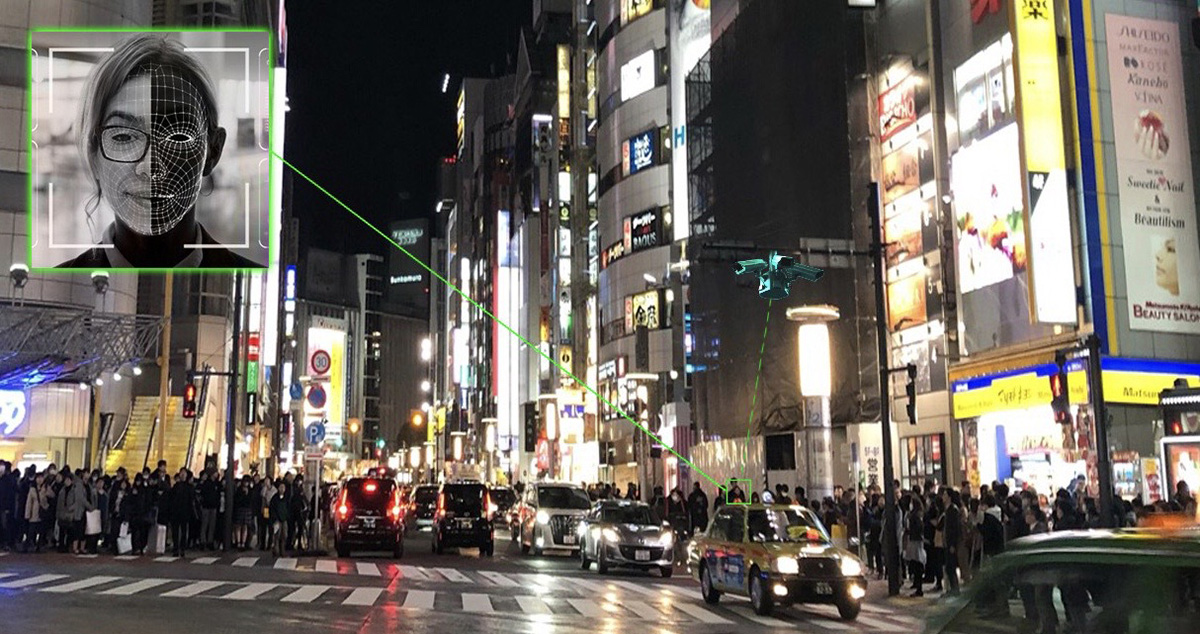
Doctoral student Hannaneh Barahouei Pasandi recently received grants from VCU, the College of Engineering and the Association for Computing Machinery to present her research at the ACM Conference on Embedded Networked Sensor Systems (SenSys 2019), held Nov. 10-13, 2019, in New York, New York.
In the last 10 months, Pasandi has received awards from organizations including the National Science Foundation, ACM Sigmobile and N2Women. She is a member of VCU’s Mobile Systems and Intelligent Communication lab. Tamer Nadeem, Ph.D., associate professor of computer science is her adviser.
“I am very fortunate to be advised by Dr. Nadeem and learn from his knowledge and expertise,” Pasandi said. “The application of machine learning to solve different problems in the networking field is a relatively new direction, which makes my research even more exciting.”
Her current research uses machine learning to automate communications protocols design. She has started working on a collaborative intelligent video analytics system that aims to reduce computation overhead while enhancing privacy.
“Take for example a surveillance system that uses cameras installed in different parts of a city or building,” she said. With currently available technology, each camera has to send its video feed to a third-party or cloud server. This model requires a lot of bandwidth and can compromise individuals’ privacy. “Imagine, a video of you walking down a street is given to a third party without your awareness,” she said.
In Pasandi’s proposed alternative, a suite of cameras can collaborate and share information with each other. Detecting time-space correlations between cameras can help reduce execution time and computation resources by eliminating redundancies. For example, Camera A performs an object detection task and shares extracted features with Camera B. When Camera B detects an object, it performs a feature matching task to see if it has detected the same object. If features match, Camera B does not need to execute the whole object detection process.
Pasandi's method can also improve privacy by programming cameras that capture sensitive information to perform parts of the process locally. This ensures that only non-sensitive information is shared with a third-party server.
“Hana is significantly contributing to my research group’s efforts in studying how to leverage recent advancements in machine learning in domains of wireless networking and edge computing,” Nadeem said. “I am confident that she will accomplish many significant contributions during her Ph.D. journey."
